I’ve Seen 30 Breathtaking Cities — These Are the 15 I’d Visit Again (And the 5 I’d Maybe Skip Next Time)
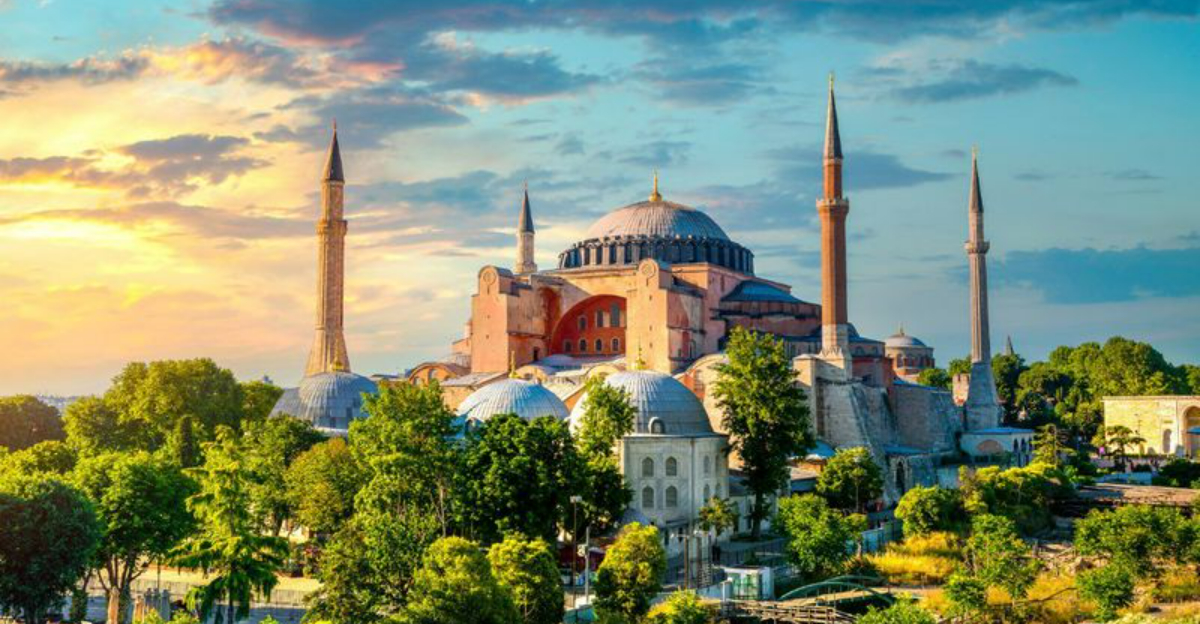
After years of wandering through bustling streets and quiet alleyways across the globe, I’ve collected memories from 30 incredible cities. Each place has its own heartbeat, its own story to tell. Not every destination lives up to the hype, though.
Based on my experiences, here are the 15 cities that stole my heart and would definitely deserve a return visit, along with 5 that, despite their beauty, might not make my itinerary next time.
1. Kyoto, Japan – A Timeless Treasure
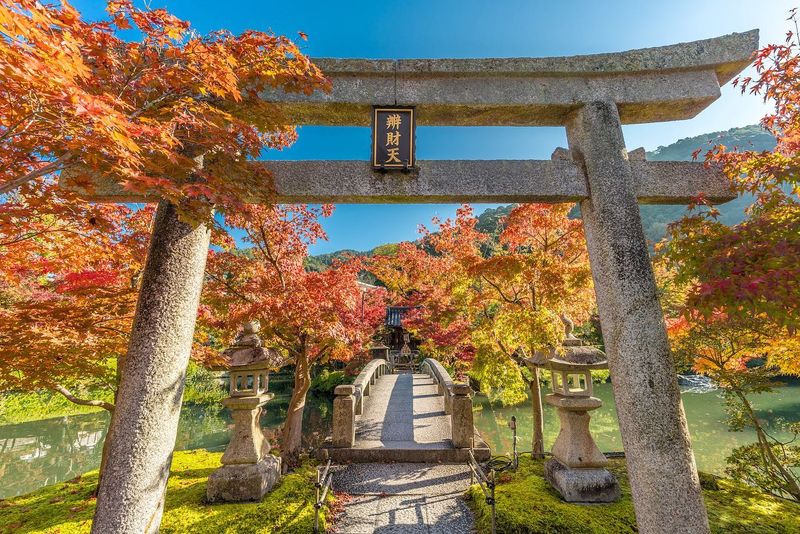
Walking through Kyoto feels like stepping into a beautiful painting. The ancient temples nestled among maple trees took my breath away, especially during fall when the colors explode into fiery reds and oranges.
What made Kyoto special wasn’t just the famous sites like Fushimi Inari Shrine, but the quiet moments – sipping matcha in a traditional tea house or spotting a geisha hurrying through Gion at dusk. The city balances its cultural heritage with modern life seamlessly.
Even after a week, I barely scratched the surface of what Kyoto offers. The respectful atmosphere and attention to detail in everything from food presentation to garden design left me yearning to return.
2. Porto, Portugal – Riverside Romance
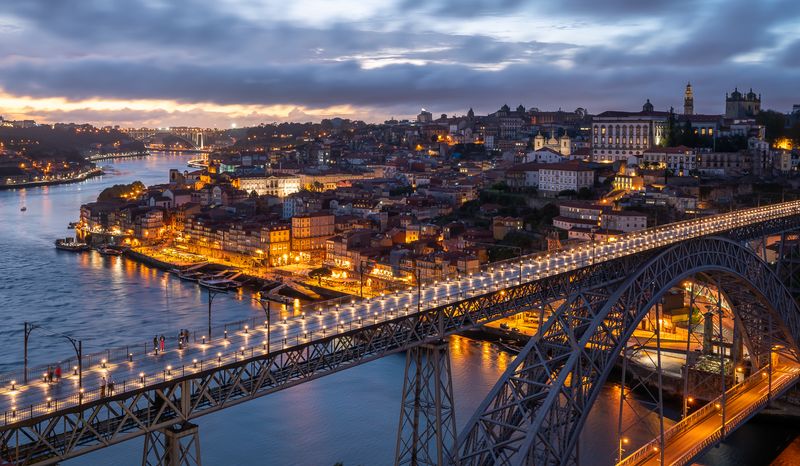
Tumbling down hillsides toward the Douro River, Porto captivated me with its weathered charm and zero pretension. Those colorful tiled buildings and narrow cobblestone streets create a photographer’s paradise at every turn.
My days filled with simple pleasures – sampling port wine in centuries-old cellars, watching sunset from the Dom Luís I Bridge, and devouring francesinha sandwiches that could feed a family. The locals welcomed me with genuine warmth, often striking up conversations despite my limited Portuguese.
Porto manages to feel both undiscovered and completely comfortable. Its melancholy beauty, affordable prices, and relaxed pace make it the perfect antidote to overtouristed European capitals.
3. Hoi An, Vietnam – Lantern-Lit Wonder
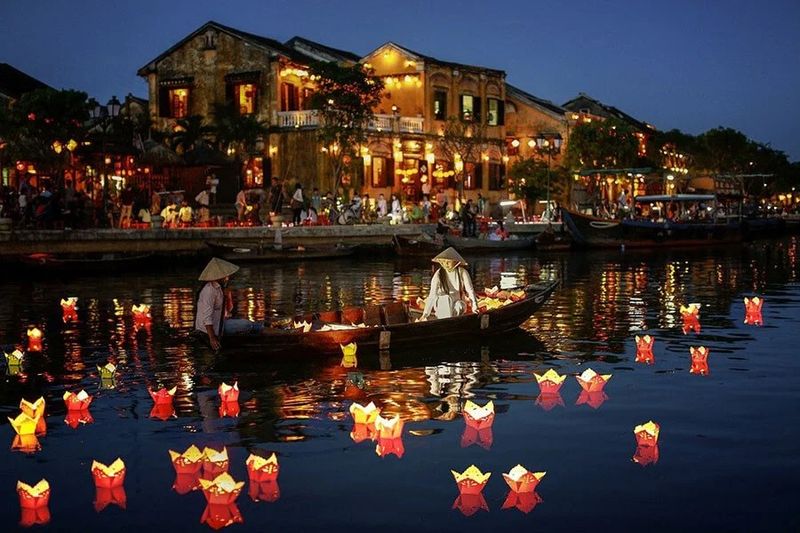
My heart still skips when remembering Hoi An’s lantern-lit streets reflecting on the Thu Bon River. This ancient trading port casts a spell that’s impossible to resist, especially during the monthly Full Moon Festival when hundreds of candles float downstream.
Days passed in a happy blur of custom-made clothing appointments, bicycle rides through rice paddies, and cooking classes where I learned to make perfect spring rolls. The food scene punches far above what you’d expect from such a small town – I still dream about the cao lau noodles from that tiny street stall.
Despite growing tourist crowds, Hoi An maintains its soul and offers tranquility just minutes from the center.
4. Mexico City, Mexico – Cultural Powerhouse
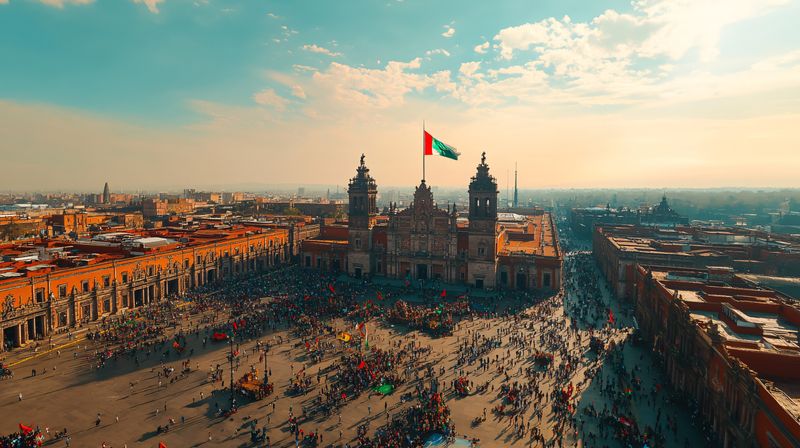
Friends questioned my safety when I mentioned visiting Mexico City, but their concerns couldn’t have been more misplaced. This sprawling metropolis surprised me with tree-lined boulevards, world-class museums, and the most exciting food scene I’ve experienced anywhere.
Mornings exploring ancient Aztec ruins gave way to afternoons admiring Frida Kahlo’s work and evenings savoring street tacos that redefined my understanding of flavor. The city pulses with creative energy – from street art to cutting-edge fashion and architecture.
Mexico City challenges stereotypes at every turn. Its blend of pre-Hispanic heritage, colonial history, and modern innovation creates a cultural depth that would take lifetimes to fully explore.
5. Lisbon, Portugal – Sun-Drenched Serenity
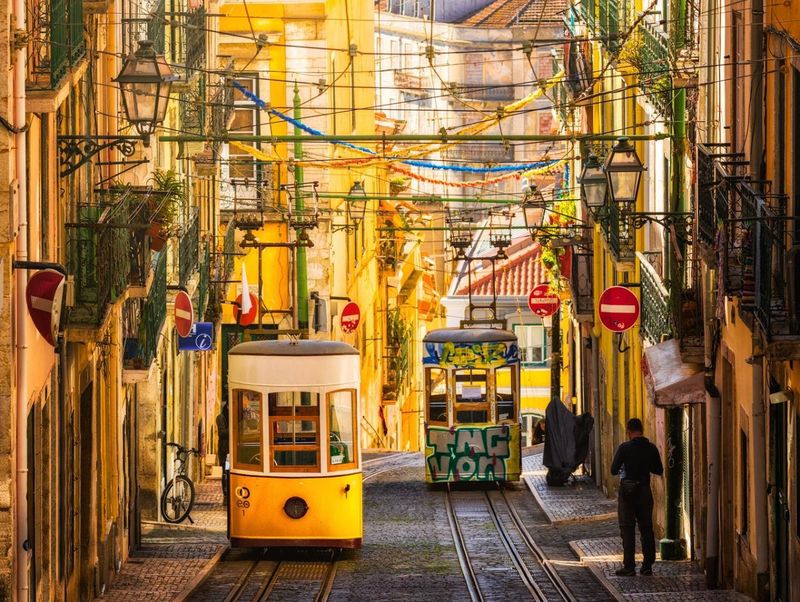
Sunshine spills over Lisbon’s seven hills, illuminating pastel-colored buildings and creating a golden glow that photographers chase but never quite capture. My calves ached from climbing those steep streets, but the viewpoints rewarded every step.
Mornings began with custard tarts (pastéis de nata) still warm from the oven and strong coffee at tiny cafés where locals greeted me by day three. The melancholic fado music that spilled from restaurants at night perfectly matched the city’s beautiful decay – crumbling azulejo tiles and laundry fluttering from balconies.
Lisbon offers a rare combination of European charm without the price tag or crowds of its more famous counterparts.
6. Luang Prabang, Laos – Spiritual Sanctuary
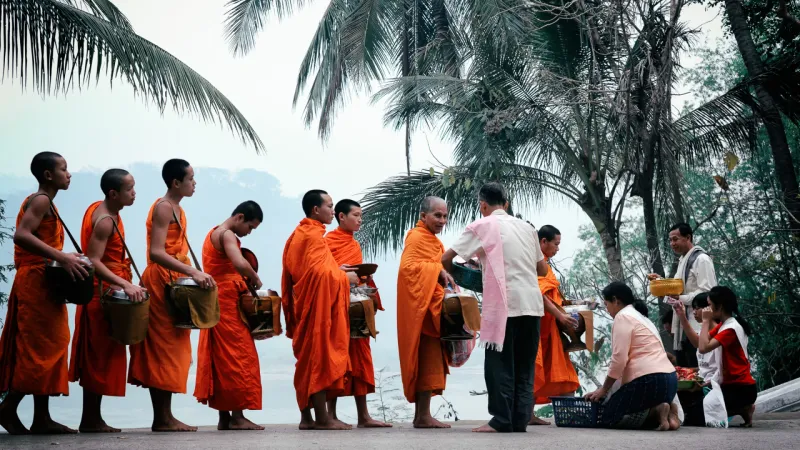
Dawn in Luang Prabang means witnessing orange-robed monks collecting alms through misty streets – a tradition that continues despite increasing tourism. This UNESCO town nestled between the Mekong and Nam Khan rivers moves at a pace that forces you to slow down and simply be.
My days found rhythm in climbing Mount Phousi for sunrise, browsing the night market’s handcrafted textiles, and cooling off at the turquoise Kuang Si Falls. Buddhist temples with gilded details dot the peninsula, offering peaceful spaces for reflection.
French colonial architecture blends with traditional Lao wooden houses creating a uniquely preserved atmosphere. The genuine smiles of locals and lack of urban noise make Luang Prabang a balm for travel-weary souls.
7. Bologna, Italy – Gastronomic Gem

If you’ve tasted only mediocre Italian food outside Italy, Bologna will recalibrate your expectations forever. Known as ‘La Grassa’ (The Fat One), this university city takes its culinary heritage seriously – I watched elderly women still making fresh pasta by hand in shop windows each morning.
Between meals, I climbed the leaning Asinelli Tower for views of terracotta rooftops and wandered through Europe’s oldest university. The 40km of porticoed walkways provided shelter during sudden downpours, leading to hidden squares where locals gathered for aperitivo.
Bologna remains refreshingly authentic compared to Venice or Florence. Few tourists venture here despite its gastronomic fame, meaning reasonable prices and genuine interactions rather than watered-down experiences.
8. Cape Town, South Africa – Natural Splendor
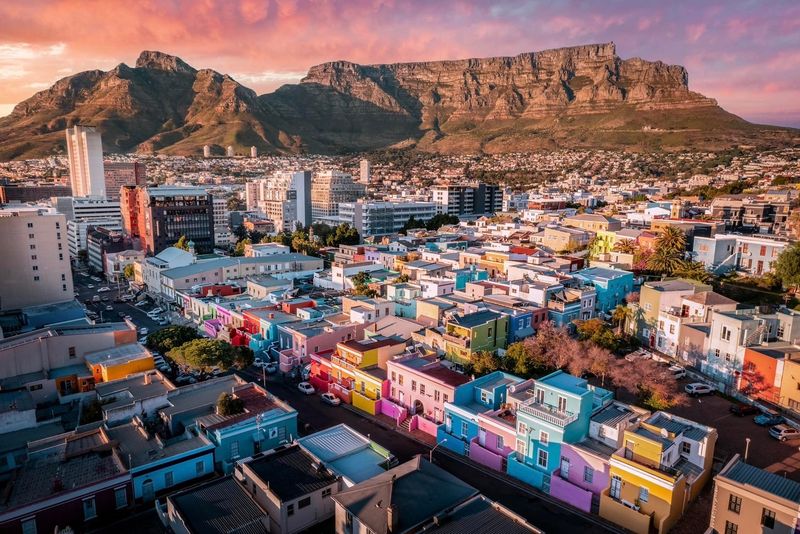
Few cities boast geography as dramatic as Cape Town, where flat-topped Table Mountain creates a backdrop that made me gasp daily. The collision of mountains meeting ocean produces beaches, vineyards, and hiking trails all within minutes of downtown.
My week filled quickly with driving the stunning Chapman’s Peak route, watching penguins waddle at Boulders Beach, and sampling wines in Stellenbosch. The Victoria & Alfred Waterfront offered seafood dinners with mountain views that seemed almost unfair in their beauty.
Cape Town’s complex history and diverse neighborhoods demand thoughtful exploration beyond postcard views. The city confronts its apartheid past while embracing a multicultural future, creating an energy that’s both challenging and inspiring.
9. Tokyo, Japan – Futuristic Wonderland
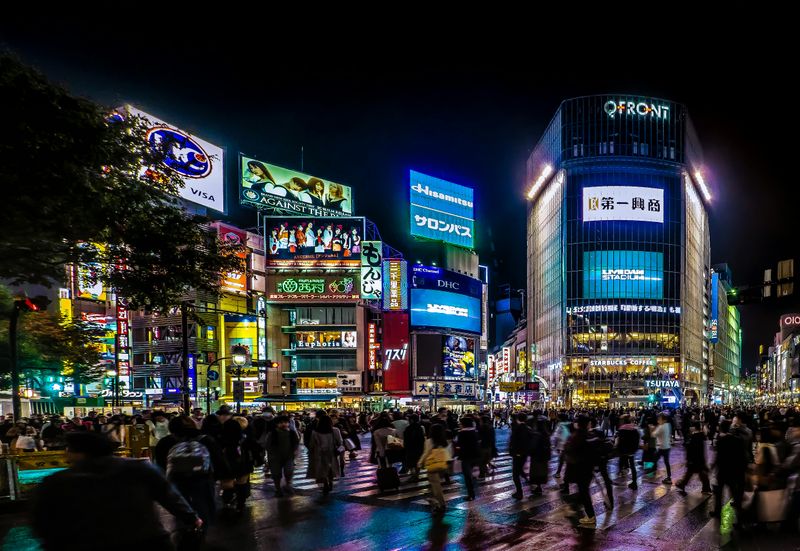
Sensory overload defines Tokyo, yet somehow this megalopolis functions with precision that borders on miraculous. From the organized chaos of Shibuya Crossing to the serene gardens of the Imperial Palace, contrasts create the city’s magnetic pull.
My days disappeared into food adventures – from conveyor belt sushi to Michelin-starred tempura and late-night ramen that redefined comfort food. Technology and tradition coexist seamlessly; I visited ancient shrines tucked between skyscrapers and watched sumo practice before browsing anime shops in Akihabara.
Tokyo never stops surprising – like the perfectly maintained vintage record stores in Shimokitazawa or the cosplayers gathering in Harajuku on Sundays. Its layers would take lifetimes to fully uncover.
10. Edinburgh, Scotland – Atmospheric Enclave
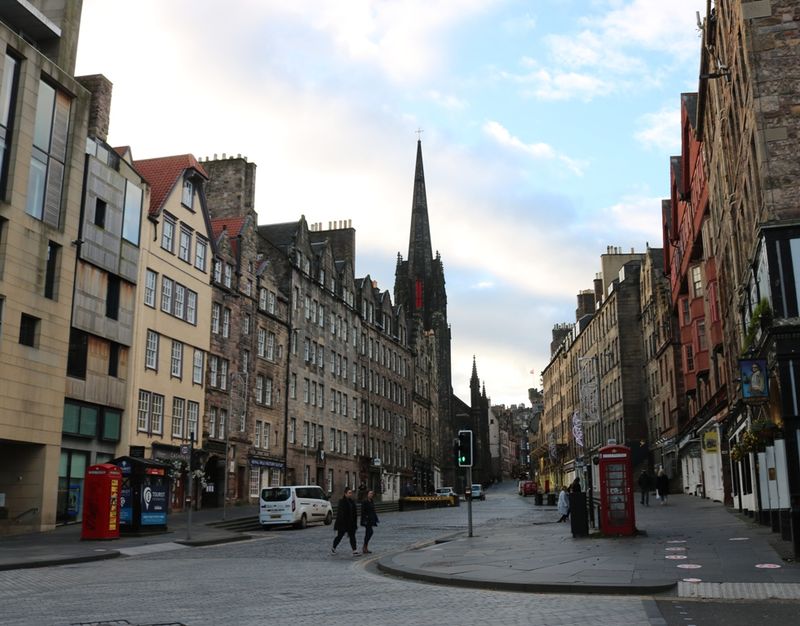
Mist rolling over Edinburgh Castle creates the perfect gothic atmosphere for a city steeped in stories. The medieval Old Town and Georgian New Town form a UNESCO site that feels like walking through different centuries with each turning cobblestone street.
August brought the famous Fringe Festival, transforming every available space into performance venues with comedy, theater, and music spilling onto streets. During quieter months, I found magic in climbing Arthur’s Seat for panoramic views or discovering whisky bars tucked into centuries-old cellars.
Scottish hospitality proved genuine rather than touristy – locals shared tales over pints in pubs where writers like Rowling once worked. Edinburgh balances its historic character with progressive thinking perfectly.
11. Istanbul, Turkey – East Meets West
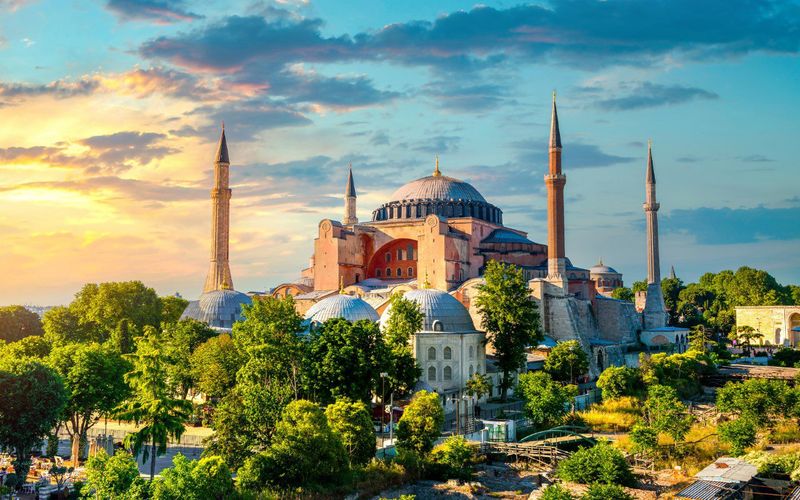
Straddling two continents, Istanbul embodies the phrase “where East meets West” beyond mere geography. The call to prayer echoing across the Bosphorus five times daily creates a soundtrack unlike any other major city I’ve visited.
Hagia Sophia and the Blue Mosque dominate the skyline, but I found equal wonder in small moments – sipping tea from tulip-shaped glasses while watching fishing boats, haggling (poorly) in the Grand Bazaar, and discovering neighborhood meyhanes serving mezze late into the night. The hammam experience left me both relaxed and slightly embarrassed.
Istanbul’s layers of Byzantine, Ottoman, and modern Turkish influence create a complexity that rewards slow exploration rather than checklist tourism.
12. Seville, Spain – Passionate Paradise
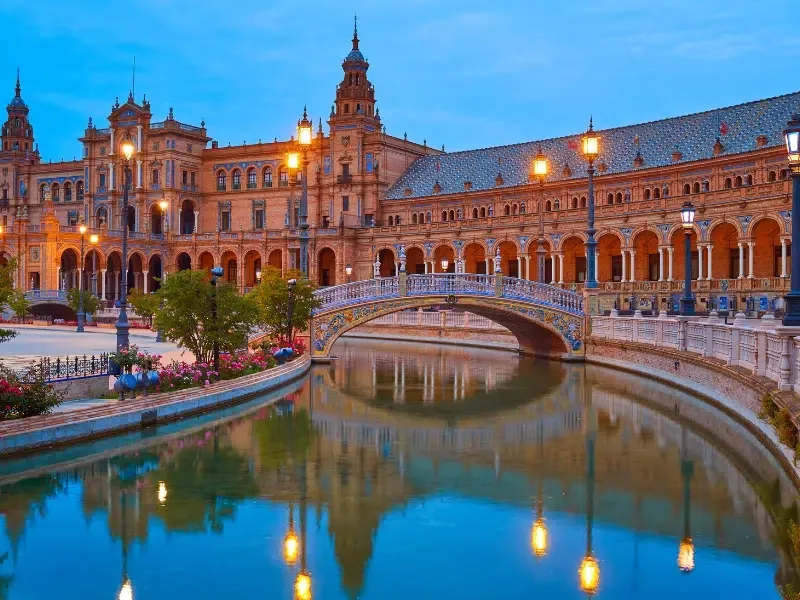
Summer heat in Seville reaches brutal levels, but the evening brings magic as locals emerge for leisurely dinners and impromptu flamenco performances. Orange trees line plazas where fountains provide welcome relief from temperatures that regularly exceed 100°F.
The Real Alcázar’s Moorish architecture and gardens transported me to another era, while the massive Gothic cathedral houses Columbus’s tomb. Getting lost in the Jewish Quarter Santa Cruz became a daily pleasure, discovering hidden courtyards filled with potted flowers behind unassuming doors.
Seville embraces life’s pleasures unapologetically – from afternoon siestas to late-night tapas crawls where each bar specializes in just one or two perfect dishes. The city’s passionate spirit proves contagious.
13. Vancouver, Canada – Nature’s Playground
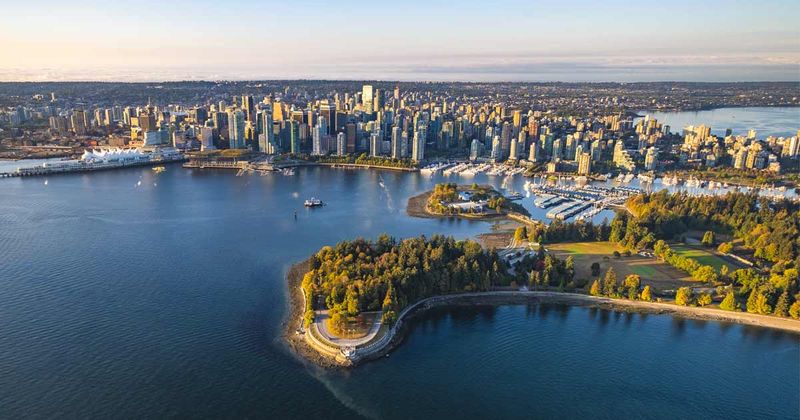
Few cities balance urban amenities with natural beauty as effectively as Vancouver. Where else can you ski, sail, and hike world-class trails all within 30 minutes of downtown? The glass skyline reflecting mountain and ocean vistas creates postcard views from nearly every angle.
Stanley Park became my daily sanctuary – larger than Central Park and surrounded by a seawall perfect for cycling. Neighborhoods like Gastown and Granville Island offered cultural counterpoints to outdoor adventures, with excellent Asian cuisine reflecting the city’s diverse population.
Vancouver’s commitment to sustainability appears in everything from bike lanes to green buildings. Despite notorious real estate prices, the quality of life remains high, explaining why it consistently ranks among the world’s most livable cities.
14. San Sebastian, Spain – Culinary Capital
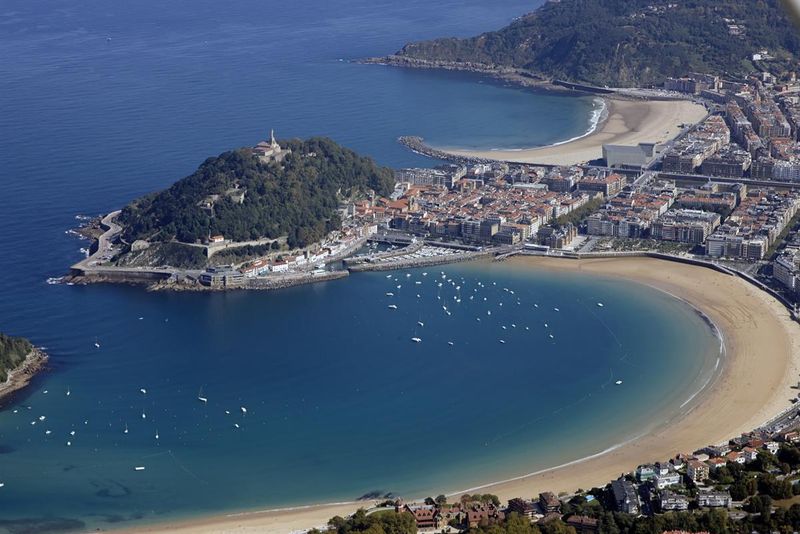
My waistline expanded noticeably during just three days in San Sebastian, and I regret nothing. This elegant beach town in Spain’s Basque Country holds more Michelin stars per capita than anywhere else, but the real magic happens in humble pintxos bars lining the old town streets.
Mornings meant swimming in the perfect horseshoe bay of La Concha Beach before climbing Mount Urgull for panoramic views. Evenings transformed into pintxos crawls – moving from bar to bar, sampling one or two specialties at each while sipping txakoli wine poured dramatically from height.
Despite its culinary fame, San Sebastian maintains an unpretentious atmosphere where food brings people together rather than creating exclusive experiences.
15. Antigua, Guatemala – Colonial Charm
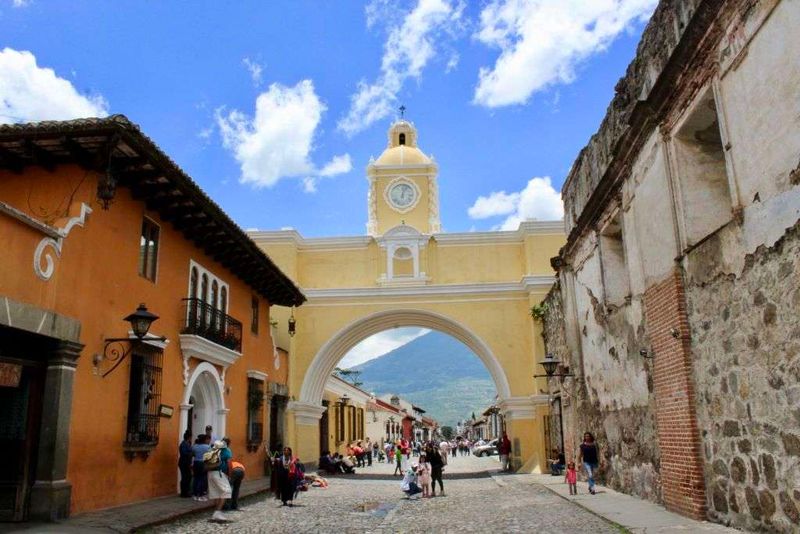
Volcanoes loom dramatically over Antigua’s cobblestone streets and pastel-colored colonial buildings, creating a setting that feels almost too picturesque to be real. This UNESCO World Heritage site captivated me with its architectural details – ornate churches, hidden courtyards, and buildings where nature slowly reclaims earthquake ruins.
My mornings began with fresh Guatemalan coffee while watching the town come alive. Spanish language schools attract international students, creating a cosmopolitan energy despite the small-town setting. Weekend markets showcase indigenous textiles in explosions of color and pattern.
Antigua balances its tourist appeal with authentic Guatemalan life surprisingly well. The surrounding highlands offer day trips to coffee farms and Mayan villages that provide context for understanding the country’s complex cultural heritage.
16. Paris, France – Over-Romanticized Disappointment
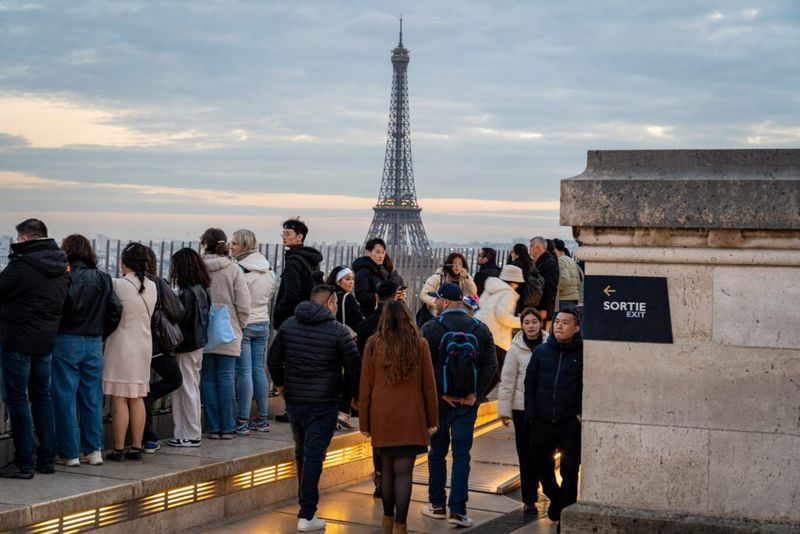
Perhaps no city suffers more from inflated expectations than Paris. The famous Paris Syndrome affects Japanese tourists most severely, but I wasn’t immune to disappointment when confronting the reality versus the romanticized version in films.
Iconic sights like the Eiffel Tower and Louvre delivered their promised beauty, yet the constant scam artists, urine-scented Metro stations, and occasionally hostile service detracted from the experience. Smaller museums offered more pleasant experiences than battling selfie sticks at major attractions.
Paris certainly has undeniable charm in areas like Montmartre and Canal Saint-Martin, but the overall experience felt exhausting rather than enchanting. Perhaps a future visit with recalibrated expectations might yield a different perspective.
17. Venice, Italy – Sinking Under Tourism
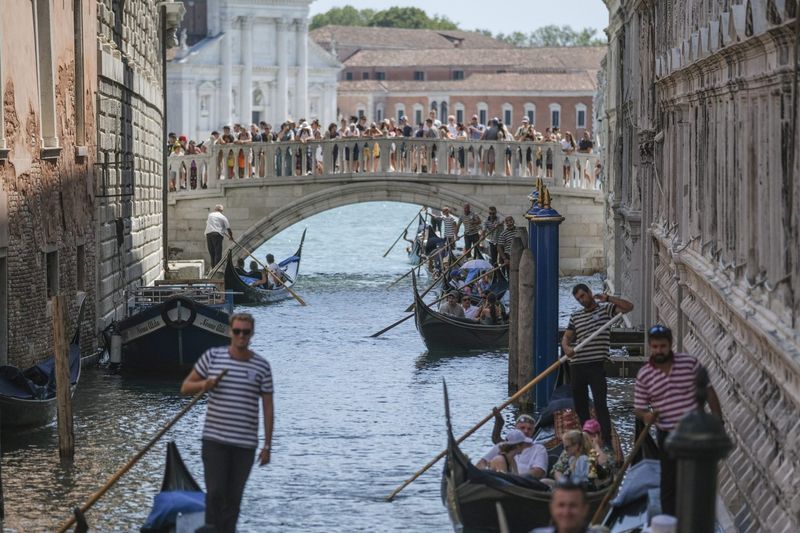
Venice’s beauty remains undeniable – those first glimpses of canals, gondolas, and Byzantine architecture still provoke gasps. Yet experiencing this floating museum has become increasingly problematic as overtourism threatens both physical infrastructure and cultural authenticity.
Cruise ships disgorging thousands of day-trippers create human traffic jams in narrow alleys. Finding authentic local cuisine requires extensive research, as tourist traps serving frozen pasta dominate prime locations. The magical moments happened only at dawn or during rare quiet corners away from St. Mark’s Square.
While I’m glad to have seen Venice, its current state feels unsustainable. The city struggles to balance preservation with accessibility, and until better solutions emerge, other Italian destinations offer more rewarding experiences.
18. Dubai, UAE – Soulless Spectacle

Engineering marvels define Dubai’s skyline, with the Burj Khalifa standing as humanity’s tallest achievement. Yet after the initial awe faded, I found myself in a city that felt like an elaborate shopping mall rather than an organic urban environment.
The artificial islands, indoor ski slopes, and gold-dispensing ATMs showcase what unlimited money can build, but not necessarily what creates meaningful places. Moving between climate-controlled spaces highlighted the disconnect from the natural environment and local culture.
Dubai excels at luxury experiences and architectural superlatives, but lacks the layers of history and street-level vibrancy that make cities truly memorable. For travelers seeking authentic cultural experiences, other Middle Eastern destinations offer greater depth.
19. Bali, Indonesia – Paradise Lost
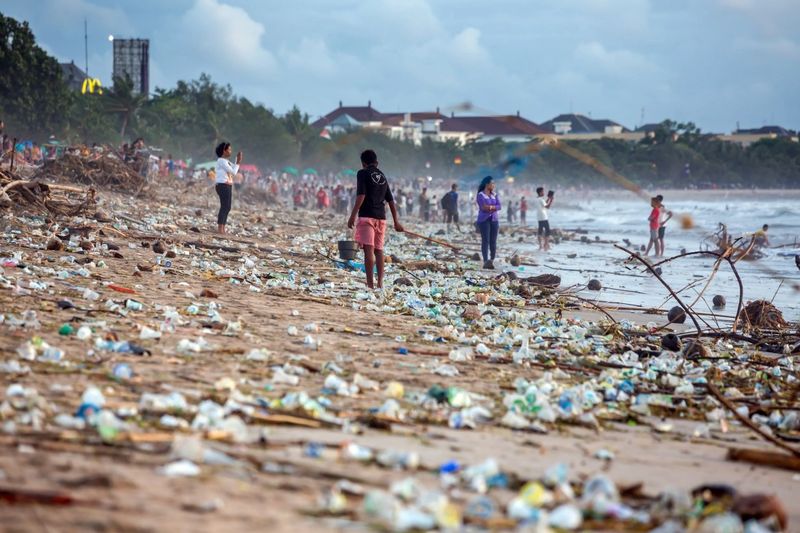
Social media portrays Bali as an island paradise of infinity pools, rice terraces, and spiritual awakening. Reality reveals traffic-clogged roads, beaches littered with plastic waste, and tourist areas that feel more like Australian spring break destinations than cultural havens.
Finding authentic experiences required escaping popular areas like Kuta and Seminyak for smaller villages in central Bali. The island’s natural beauty and Hindu traditions remain accessible in places like Sidemen Valley, but require effort to discover beyond Instagram hotspots overrun with influencers.
Bali’s rapid development has created environmental challenges and cultural commodification. While pockets of the original magic remain, other Indonesian islands now offer the serenity and authenticity that once defined Bali.
20. Cancun, Mexico – Spring Break Forever
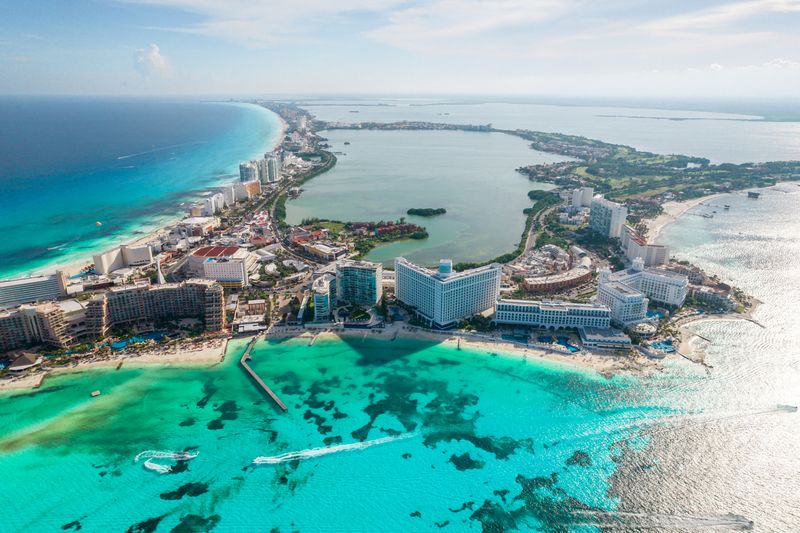
Turquoise waters and white sand beaches provide Cancun’s natural foundation, but decades of mass tourism have created an experience that feels disconnected from authentic Mexico. The Hotel Zone operates as a self-contained bubble of all-inclusive resorts where many visitors never venture beyond property boundaries.
Beach clubs blast music while offering overpriced drinks in plastic cups, creating an atmosphere more suited to college spring break than meaningful travel. The nearby Mayan ruins at Tulum and Chichen Itza offer cultural value, but visits often feel rushed and overcrowded.
For travelers seeking Mexican culture alongside beautiful beaches, destinations like Oaxaca’s coast or Yucatan’s smaller towns provide more rewarding experiences without sacrificing natural beauty.
